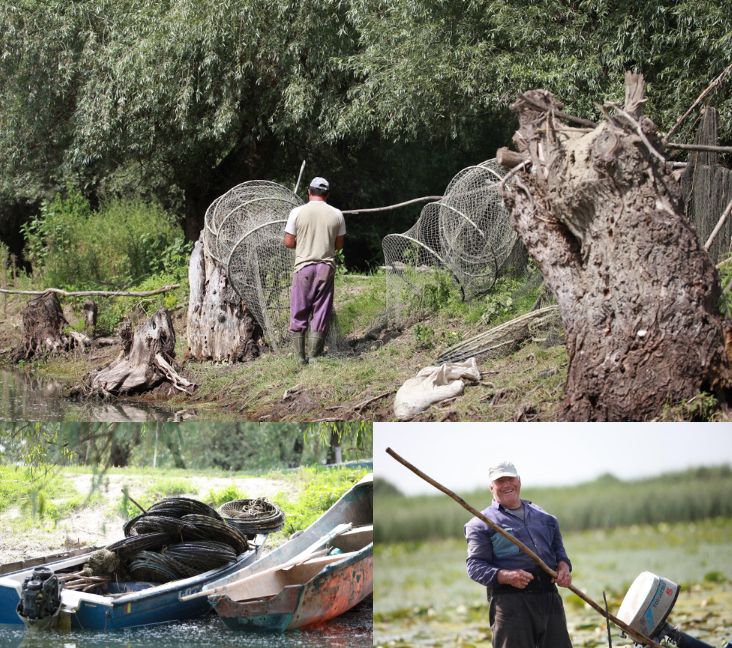Location and characteristics
Due to the semi-enclosed location and size of the contributing catchment area the Black Sea is vulnerable to anthropogenic pressures and pollution sources (BSC, 2008). The nutrient regime of the Danube has undergone significant changes due to increased economic activity, use of fertilizers, waste water discharges, and use of detergents, leading to changes in the Black Sea ecosystem. Eutrophication results in decreased transparency, higher quantities of organic matter decomposition and oxygen depletion with bottom waters becoming seasonally hypoxic or even anoxic. Since the early 90s decreasing nutrient inputs resulted in signs of recovery.
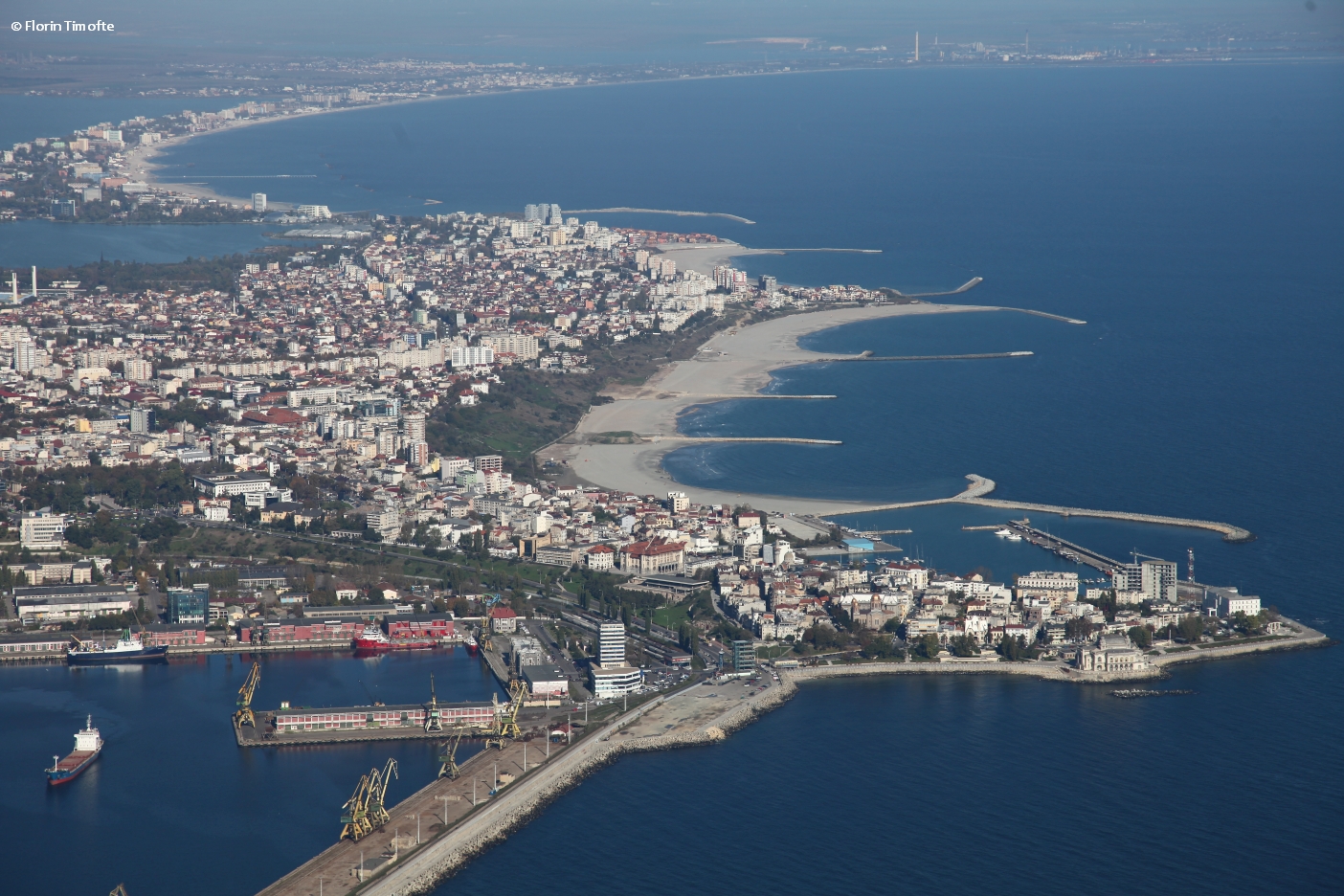
Today the Black Sea catchment is still under pressure from excess nutrients and contaminants due to emissions from agriculture, tourism, industry and urbanization in the Danube basin. This prevents achieving the Good Environmental Status by 2020, as required by the EU-MSFD. The increased rates of eutrophication, pollution and bioaccumulation affect both the biodiversity (including Natura 2000 sites) and fishing sectors.
Mass tourism is an important growth sector for the Black Sea and eco-tourism is becoming more important in the region.
Approximately 65% of the Romanian coastline is located in the Danube Delta Biosphere Reserve and subject to tourism regulations, resulting in conflicts between nature conservation and economic development. Failing to resolve these conflicts has economic and political impacts.
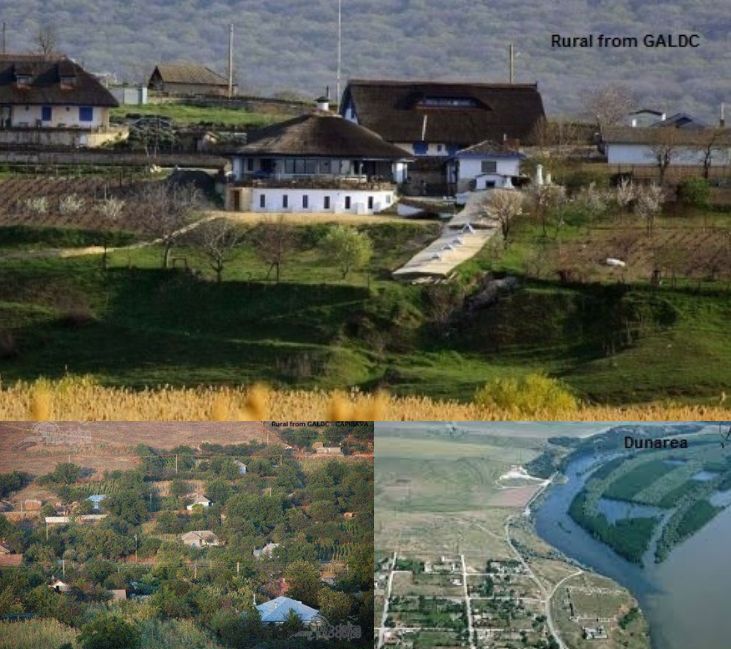
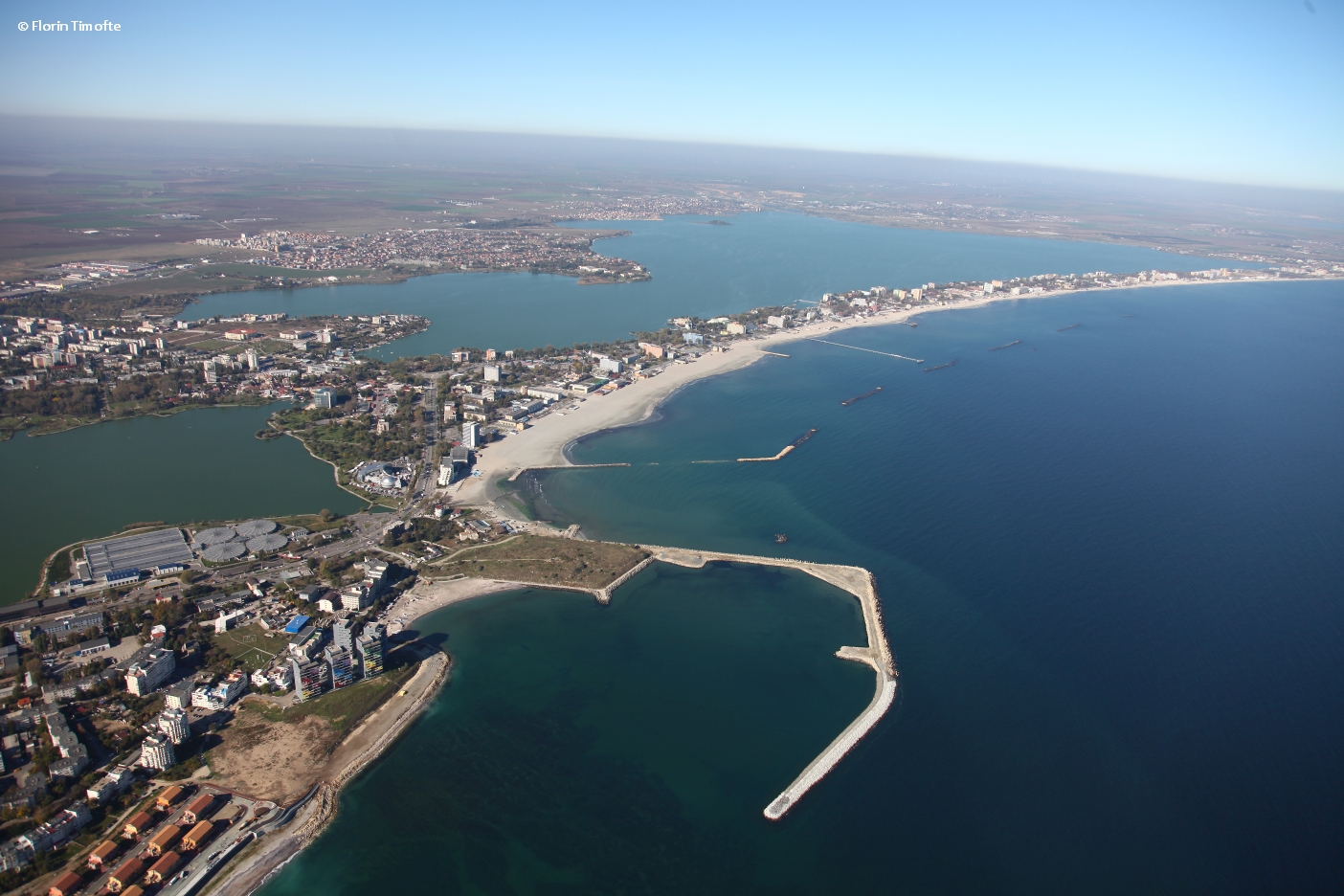
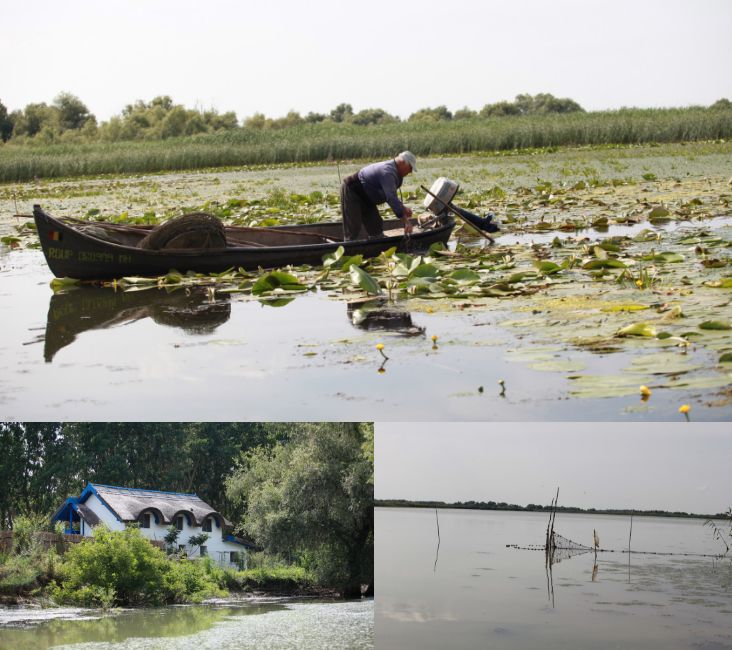
What measures can be taken to develop the Danube Delta area from an economic and social point of view but without affecting the environment, taking into account the main activities in the rural area?
Ambition
- Generating effective solutions and recommendations for the business area, maximizing the potential of existing opportunities;
- Integrated perspective land-sea area
In Danube Delta, the main activities are: agriculture, fisheries, rural tourism, agro-tourism, commerce. The biggest attraction is represented by rich natural resources, biodiversity, which attracts on average only 1% of the total number of tourists visiting Romania. Another identified problem concerns the area's inhabitants, the low-living population, and the high unemployment rate. Local farmers face different such as red tape. The main challenge in the agricultural field is the development of the ecological agriculture sector.
Actors
1. Authorities;
2. Trade operators;
3. Rural tourism operators;
4. Farmers;
5. Fishers
CONTACT
Romanian MAL coordination
Institutul Naţional de Cercetare - Dezvoltare Marină “Grigore Antipa” (INCDM)
Luminita Lazar
Tel: + 40 241 543288
Institutul de Cercetare pentru Economia Agriculturii si Dezvoltare Rurala (ICEADR)
Ruxandra Pop
Tel: + 40 726 109516
Local partners of the Danube Mouth and River Basin MAL
Resources
Download the RO MAL flyer in Romanian language here.
